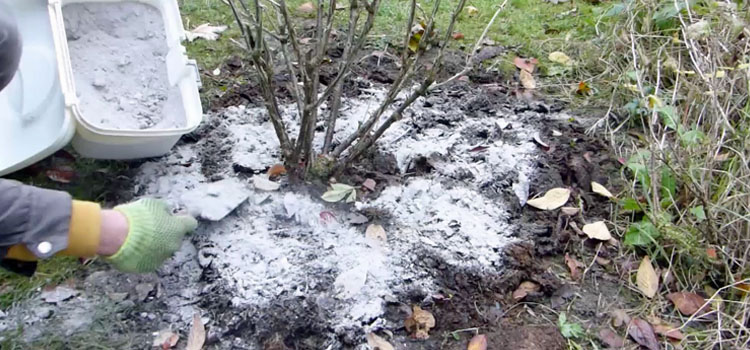To have a beautiful garden, the use of chemical fertilizers is not a necessity. As a basic treatment or to give a boost to the vegetation, ground horn and dried blood will be your allies.
Interest of natural fertilizers
Contrary to chemical fertilizers, which are certainly very effective but which weaken plants in the long term, natural fertilizers made from organic substances do not disturb the environment and strengthen plants in a gentle way, without risk of burning. They are a good complement to the various amendments made to the soil and can be used to feed certain greedy plants on a more occasional basis.
Natural fertilizers are used in soil preparation in the fall, during planting, or during cultivation to support plant growth and ensure optimal health and development.
Focus on two natural fertilizers rich in nitrogen: dried blood and ground horn
These two 100% animal-based fertilizers respect garden ecosystems and can be used in organic farming. They are not used at the same time or under the same conditions:
Dried blood
Dried blood is a ready-to-use powder composed mainly of nitrogen. It is a fertilizer that is very useful for its rapid action, the effects of which can already be felt 3 to 4 days after its application. The foliage of the plants will turn green in a spectacular way! On the lawn, it should be used in spring, after the first mowing, at a rate of one kilo per 20 m², to quickly obtain a green carpet. The nitrogen released stimulates the growth of the plants without causing any risk of burning, that’s why dried blood should be used especially during the growth period to support the vegetative effort and reinforce the natural defenses of the plants. Spread a few handfuls of this fertilizer at the feet of roses, ornamental shrubs and perennials, scratch the soil and let it penetrate: the result will not wait! The recommended dose is 80 g for a 10 m² bed in maintenance from March to July.
Dried blood can also be used in the vegetable garden during the same period, especially on leafy vegetables, fabaceae and greedy vegetables which will take full advantage of this nitrogen contribution to start their development well. Another less known but very interesting use is to add it to the compost heap, especially if it contains remains of stems or crushed branches which are poor in nitrogen. The dose will then be 5 handfuls per m² which will have to be mixed on a height of 25 cm.
Shredded horn
Shredded horn, also made from organic matter of animal origin and rich in nitrogen, is a slow release fertilizer. Its gradual and long-lasting action makes it a fertilizer of choice during planting or soil preparation in autumn. Again, it is very easy to use and there is no risk of burning the plants. The ground horn is used especially during the planting of trees and shrubs at a rate of 3 to 5 handfuls mixed with the ground. The dose can be increased for more greedy fruit trees.
A slow release fertilizer, it is also very useful during the preparation of flower beds in autumn; it is then sufficient to add a handful per m² in order to enrich the soil gradually.
In spring, this slow release fertilizer can also be used for repotting green plants or for transplanting seedlings at a rate of 50 g per m² of substrate. From May to June, an addition of crushed horn at the foot of the bedding plants will support the growth of the plants in a durable way and will make it possible to nourish the ground until the following autumn.


